Janean Kazimir, Interpretive Naturalist
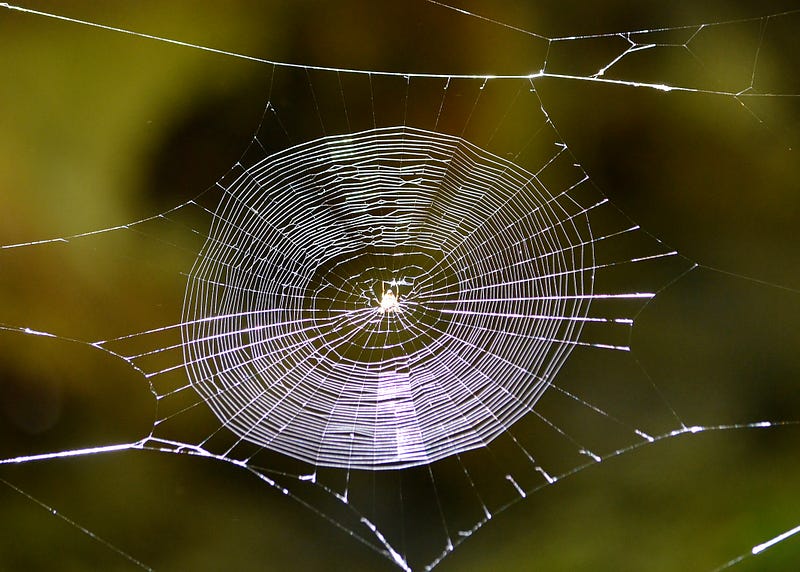
It’s the time of year when spooky creatures and orange gourds take over the decorative landscape. Some traditional symbols of Halloween — spiders and bats — are year-round sights in the Metro Parks.
SPIDERS
Many species of spiders are found in the state of Ohio; at least 624 are documented. Each is unique in appearance, as well as habitat, web-building style, and preferred prey. One thing that connects them all is their ability to produce silk.
The typical wagon wheel-like web, the one that most often dominates Halloween décor, is called an orb web. Orbweavers are a group of spiders that spin these beautiful works of architecture. The spirals of the web are sticky in order to catch prey. The “spokes” of the web are made of non-sticky silk, across which a spider can easily walk.
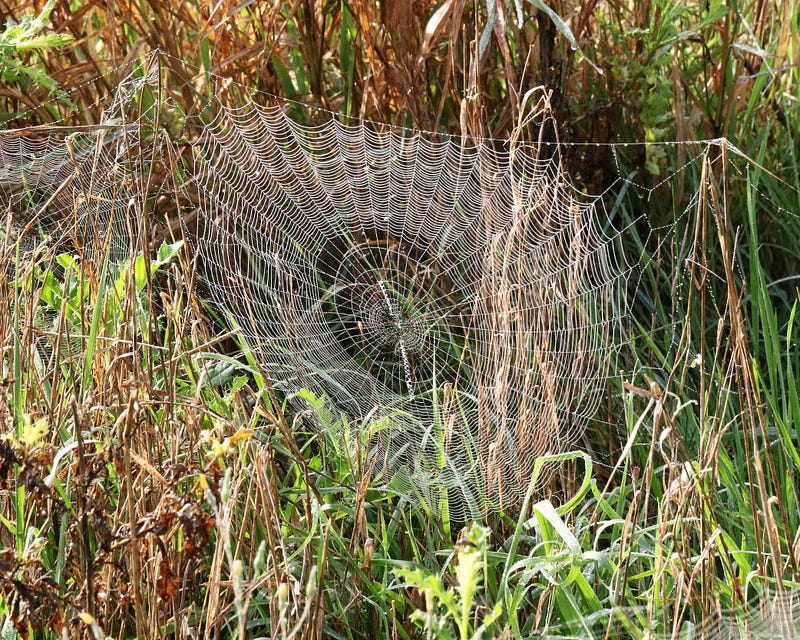
One of Ohio’s most festively colored spiders is the marbled orbweaver. Having started their lives pale yellow, by this time of year the females are bright orange or yellow with dark markings. Some say their abdomen takes on the appearance of a Jack-o-lantern.

Some spiders, such as wolf spiders, forgo building an ornate web and prefer to hunt on foot. Jumping spiders also abstain from web-building and opt to pounce on potential prey. They do, however, lay down a thin silk dragline to catch themselves should they fall suddenly.
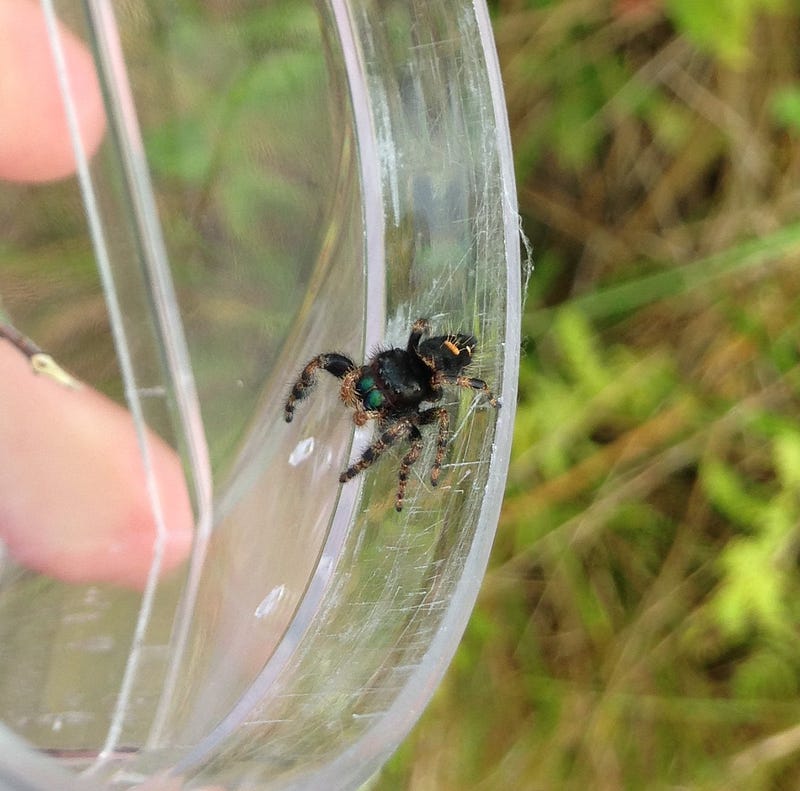
Once a spider has captured an insect, they feed by sucking on their prey, much like the legendary Dracula. They do not chew, but rather pierce their prey with their fangs and suck their “blood,” which in the case of insects is called hemolymph.
Never fear! Spiders rarely bite people except in self-defense. In reality, they are wonderfully helpful in the control of smaller pest insects. It is said that spiders eat more bugs than bats and birds combined, making them a contender to be named man’s new best friend.
BATS
Another creature emblematic of the season, and of great benefit to humans, is the bat. Not nearly as diverse as spiders, though nonetheless fascinating, Summit Metro Parks is home to several varieties of these furry flying critters.
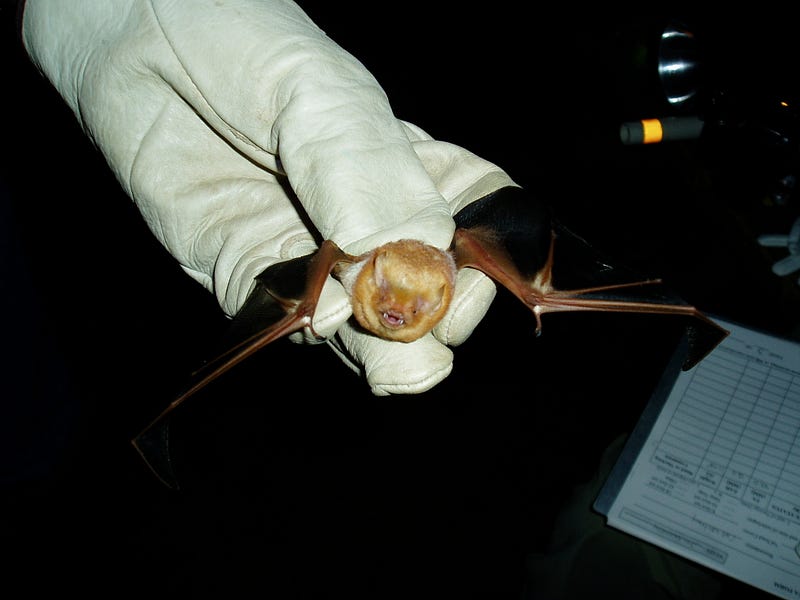
Contrary to popular belief, bats are not “rats with wings,” nor are they blind. Bats are not rodents at all. They are the only species of mammal capable of true powered flight, and fall into the order Chiroptera meaning “hand-wing.” This name is a reference to the anatomical similarity of their wing structure to that of a human hand.
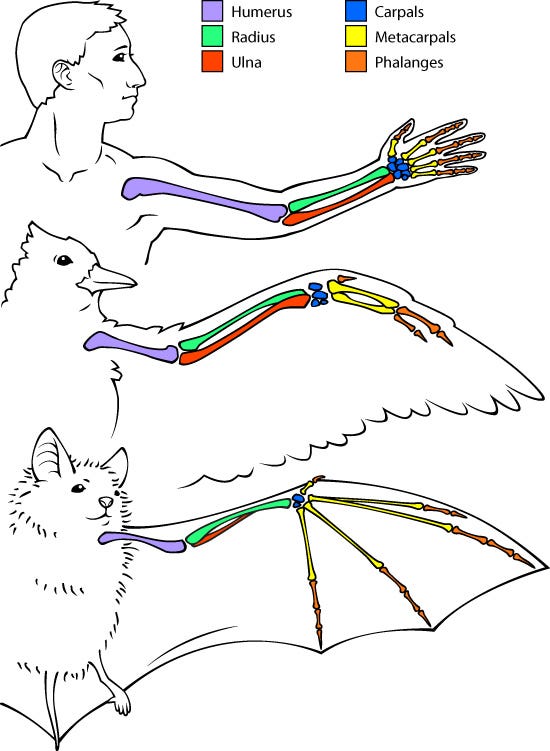
During the day, bats have a sense of sight that is comparable to humans. They spend their days sleeping upside down with feet that are designed to allow them to hang for hours at a time without contracting a single muscle.
When night falls, bats are capable of navigating their surroundings using echolocation. They are able to “see” in the dark by listening for the echoes of their high-pitched voices bouncing off objects around them. They also use this sixth sense to locate prey.
Contrary to any Dracula-related myths, bats — at least those who call Ohio home — feed on insects, not your blood. Female little brown bats can consume upwards of 1,000 insects in a single hour to keep up with the demands of their nursing young.